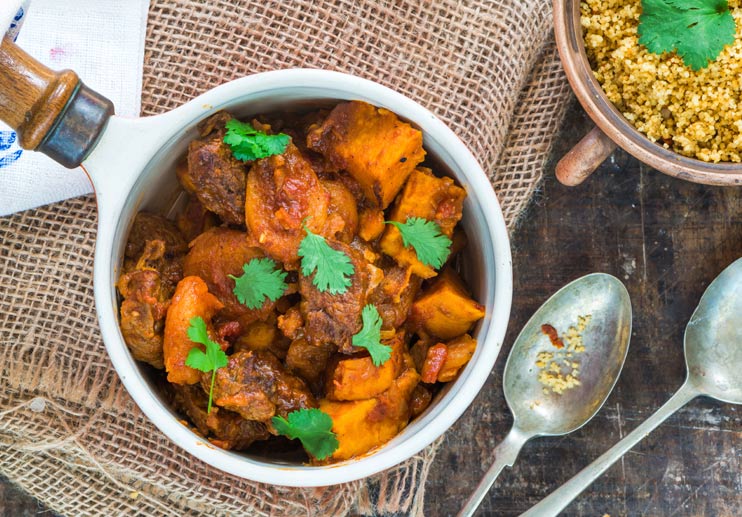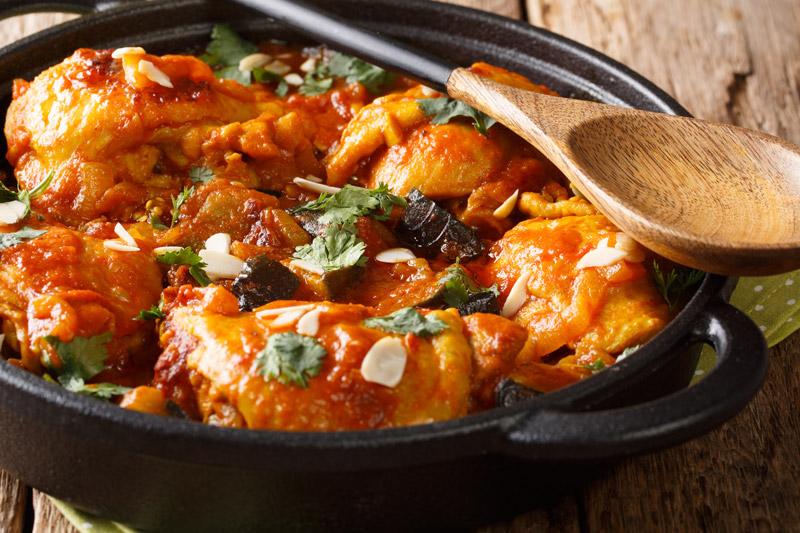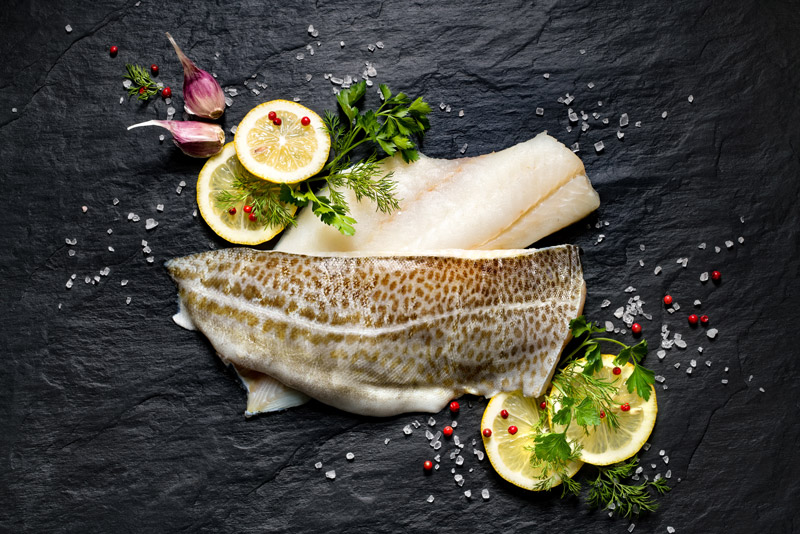Colorful Treviso, which resembles Belgian endive in shape and texture, often appears in markets in the spring. Feel free to use the more familiar round radicchio, if Treviso is not available.
Ingredients
- 4 Treviso radicchios, halved lengthwise
- 1/4 cup extra virgin olive oil, plus extra for drizzling
- 2 tablespoons balsamic vinegar, plus more as needed
- Coarse sea salt and freshly ground black pepper
- 2 anchovy fillets, drained if packed in oil
- 3 tablespoons prepared olive paste or tapenade
Directions
Step 1
Arrange the radicchios, cut side up, in a baking dish. Drizzle with 1/4 cup olive oil and 2 tablespoons balsamic vinegar. Season with salt and pepper. Marinate for 30 to 60 minutes.
Step 2
Prepare a grill for direct grilling over medium heat. Brush and oil the grate. Place the anchovies in a small bowl and mash with a fork. Add the olive paste or tapenade, and mix. Arrange the radicchios on the grill, cut side down, slightly on the diagonal to the bars of the grill grate. Grill until lightly browned, 6 to 10 minutes, rotating each radicchio a little halfway through to create a crosshatch of grill marks. Baste with some of the marinade.
Step 3
Turn the radicchios over. Spread each with a little anchovy and olive paste. Continue grilling and basting until a skewer or knife pierces the radicchio easily, about 3 minutes more. Transfer to plates. Drizzle with a little fresh olive oil and balsamic vinegar.
Serves 4 — Recipe by Steven Raichlen, adapted from Le Louis XV, Monte Carlo, Monaco




